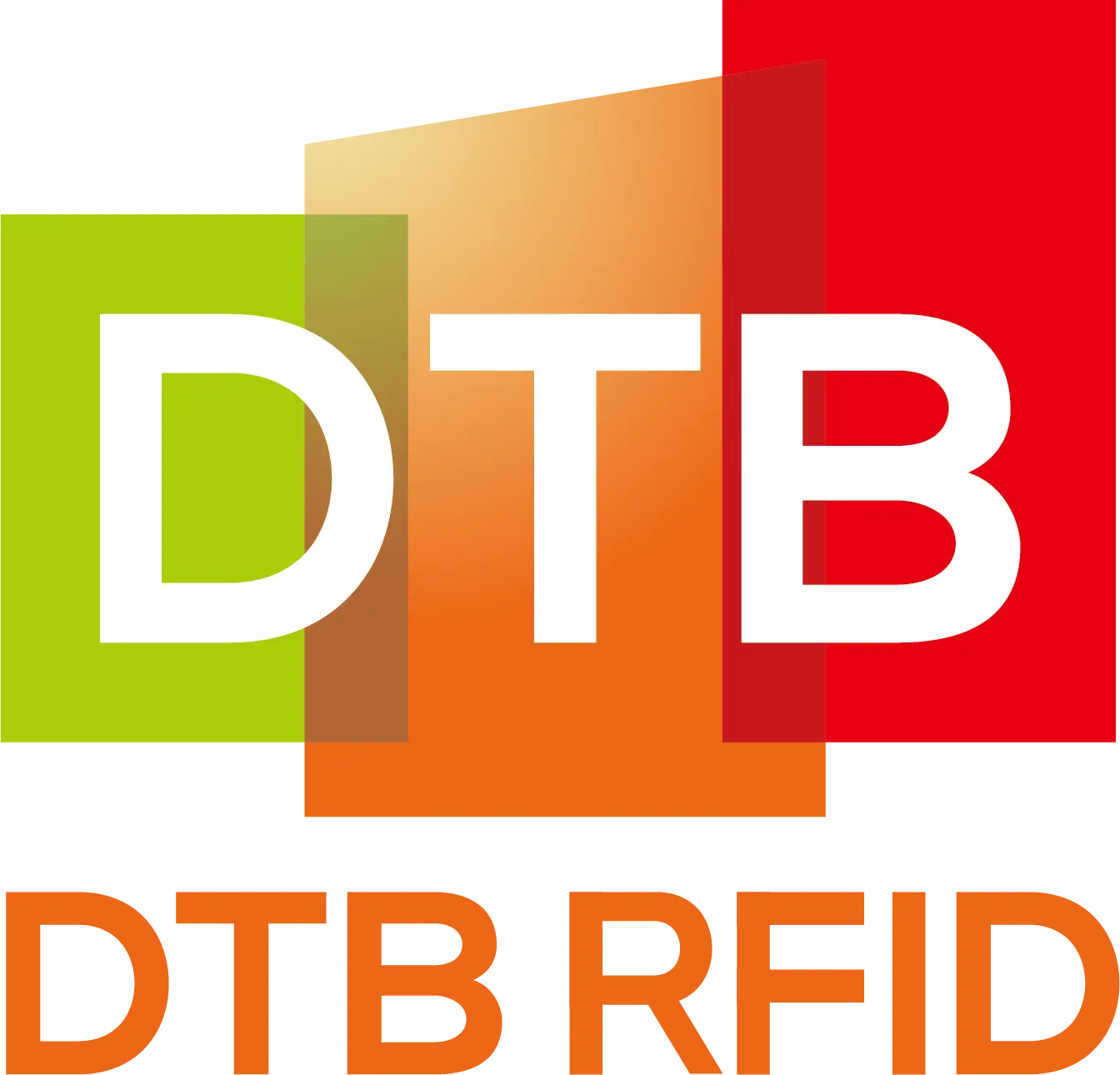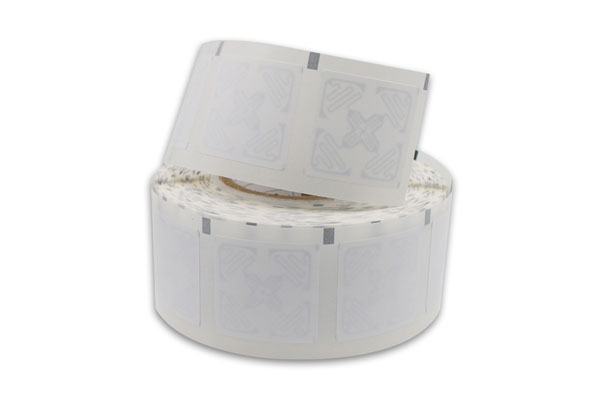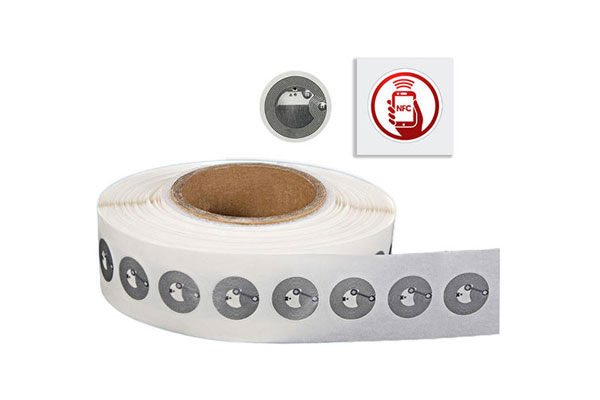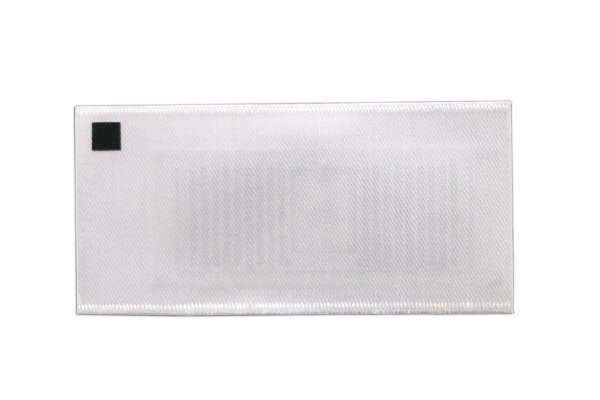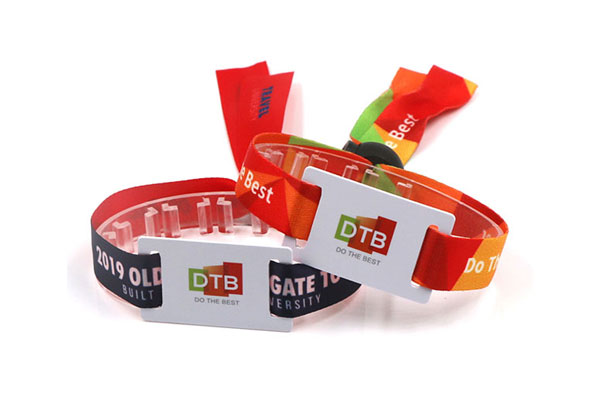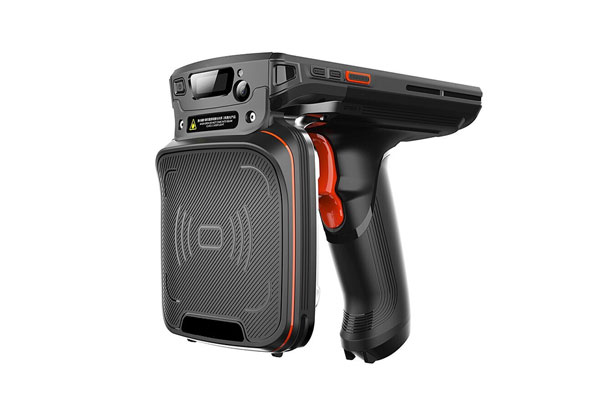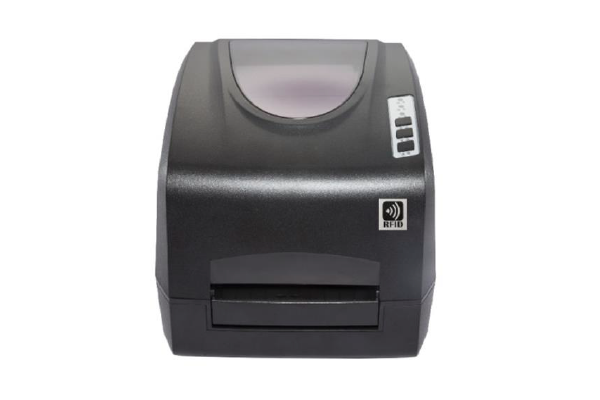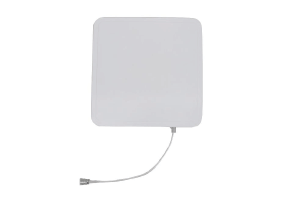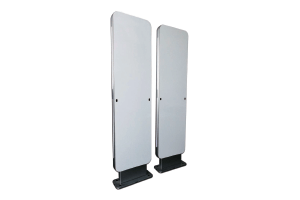In the modern era of rapid technological advancement, the garment industry is not left behind. Tracking clothing items efficiently and accurately is paramount, especially in businesses such as laundromats, retail, and rental services. The traditional methods of garment tracking, relying on manual recording and barcode systems, have served well for decades. However, the advent of Radio Frequency Identification (RFID) technology is revolutionizing the way businesses manage and track garments. This article delves into the comparison between traditional garment tracking and RFID-based tracking, highlighting the necessity and advantages of adopting RFID technology, along with real-world examples of its application.
Traditional Garment Tracking Methods
Manual Recording
One of the earliest methods of tracking garments involved manual recording. In laundromats, each piece of clothing is tagged with a paper label, and its journey through various stages like washing, drying, ironing, and delivery is logged by hand. While simple and cost-effective, this method is prone to human error. Mislabeling, loss of tags, and incorrect entries are common issues, leading to inefficiencies and customer dissatisfaction.
![]()
Barcode Systems
Barcodes brought a significant improvement over manual methods. Each garment is tagged with a unique barcode that can be scanned at different stages of processing. This semi-automated system reduces human error to some extent and speeds up the recording process. However, barcodes require line-of-sight scanning, which can be cumbersome in high-volume operations. Additionally, barcodes can be damaged or worn out, causing further inefficiencies.
RFID Technology in Garment Tracking
RFID technology, which uses electromagnetic fields to automatically identify and track tags attached to objects, presents a sophisticated alternative. Here’s a detailed look at the necessity and advantages of using RFID technology in garment tracking:
Necessity of RFID Technology
1. **High-Volume Operations**: In environments with large volumes of garments, such as industrial laundromats, retail stores, and garment rental services, traditional methods become a bottleneck. RFID technology can handle high volumes efficiently without the need for line-of-sight, drastically improving throughput.
2. **Accuracy and Reliability**: The margin for error in traditional methods can lead to significant operational inefficiencies and customer dissatisfaction. RFID provides near-perfect accuracy, reducing errors related to mislabeling and loss of items.
3. **Real-Time Tracking**: Traditional methods lack real-time tracking capabilities, which are crucial for optimizing operations and providing excellent customer service. RFID enables real-time tracking, allowing businesses to monitor the exact location and status of each garment at any given moment.
Advantages of RFID Technology
1. **Efficiency and Speed**: RFID tags can be read automatically as they pass through various stages of processing. This automation significantly speeds up the tracking process compared to manual recording and barcode scanning, which are both labor-intensive and time-consuming.
2. **Durability and Longevity**: Unlike paper tags or barcodes, RFID tags are durable and can withstand harsh environments, including high temperatures and moisture. This makes them ideal for laundromats and other settings where garments undergo rigorous processes.
3. **Inventory Management**: RFID technology offers superior inventory management capabilities. Businesses can quickly conduct inventory counts without manually scanning each item. This leads to better stock control and reduced chances of inventory discrepancies.
4. **Customer Satisfaction**: With accurate and real-time tracking, businesses can provide timely updates to customers about their garments. This transparency builds trust and enhances customer satisfaction.
![]()
Real-World Applications of RFID in Garment Tracking
Case Study 1: Industrial Laundromats
Industrial laundromats, handling thousands of garments daily, have greatly benefited from RFID technology. For instance, a major industrial laundry service provider in Europe implemented RFID tags in all garments they process. Each garment is tagged with a durable RFID label at the initial stage. As garments move through washing, drying, ironing, and packing, RFID readers automatically log their progress. This has reduced manual labor, minimized errors, and improved turnaround times, leading to higher customer satisfaction and operational efficiency.
Case Study 2: Retail Stores
In the retail industry, inventory management is crucial for ensuring that the right products are available to customers at the right time. A leading fashion retailer in the United States adopted RFID technology to track their inventory. Each clothing item in their stores is tagged with an RFID label. The retailer can now conduct instant inventory checks, track items from the warehouse to the sales floor, and even prevent theft through automated alerts. This has resulted in improved stock accuracy, reduced shrinkage, and enhanced overall operational efficiency.
Case Study 3: Garment Rental Services
Garment rental services, such as those providing uniforms or special occasion outfits, face unique challenges in tracking the lifecycle of each garment. A prominent uniform rental company in Asia integrated RFID technology into their operations. RFID tags are embedded in each uniform, enabling the company to track the usage, cleaning cycles, and eventual retirement of each item. This level of detailed tracking ensures that uniforms are maintained in optimal condition, replacements are timely, and customers receive high-quality, well-maintained garments consistently.
Case Study 4: Hospitality Industry
Hotels and resorts manage large quantities of linens, towels, and staff uniforms. A luxury hotel chain in the Middle East implemented RFID technology to streamline their laundry operations. Each item, from bed linens to staff uniforms, is tagged with an RFID label. As these items are sent to the laundry and returned, their status is automatically updated in the hotel’s management system. This has drastically reduced losses, ensured timely replacements, and improved overall guest satisfaction by maintaining high standards of cleanliness and availability.
![]()
Conclusion
The comparison between traditional garment tracking methods and RFID technology highlights the significant advantages that RFID brings to the table. While traditional methods have their place, especially in smaller operations with lower volumes, the inefficiencies and inaccuracies they introduce can no longer be overlooked in high-volume, demanding environments.
RFID technology addresses these challenges with automation, real-time tracking, and superior accuracy. The real-world applications in industrial laundromats, retail stores, garment rental services, and the hospitality industry demonstrate the transformative impact of RFID. Businesses adopting RFID technology not only streamline their operations but also gain a competitive edge through enhanced efficiency, reduced costs, and improved customer satisfaction.
As the garment industry continues to evolve, RFID technology stands out as a critical innovation, driving the future of garment tracking and management. The necessity for such advanced solutions will only grow, making RFID an indispensable tool in the quest for operational excellence and customer delight.
